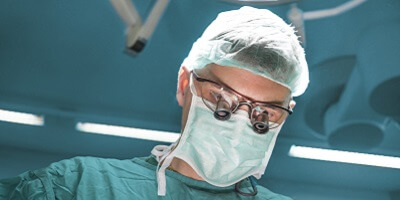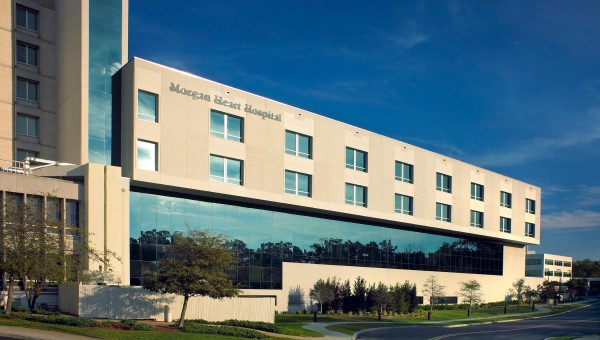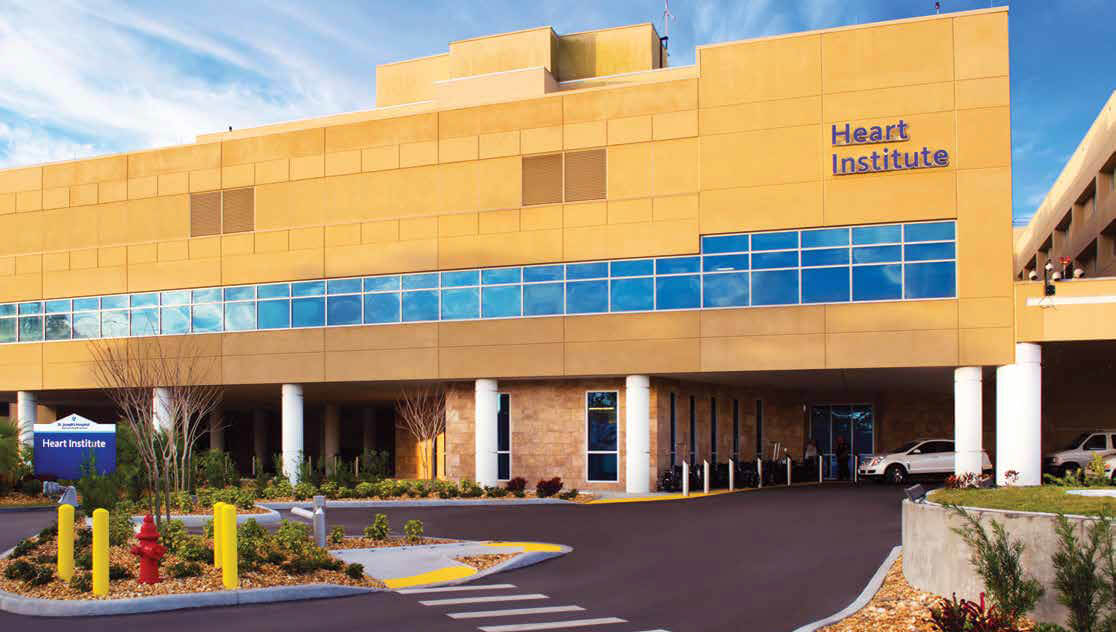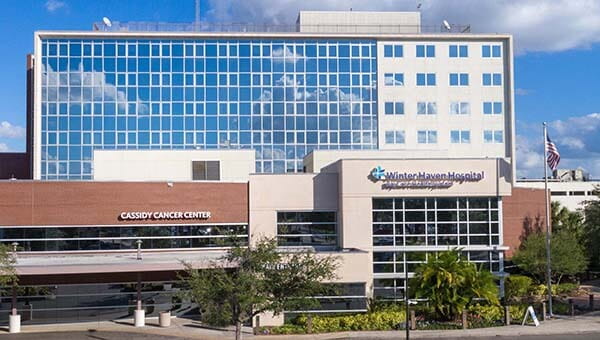Open-Heart Surgery
Also called traditional cardiac or heart surgery, “open-heart” surgery refers to surgical treatments performed on different areas of the heart, such as its valves and surrounding blood vessels, through an incision that “opens” the chest. To access heart during this procedure, a surgeon cuts through a patient's sternum (also known as the breastbone) to open the chest. Advances in cardiovascular surgery have made it possible to perform some procedures through smaller incisions. The type of incision used may be dependent on each individual patient’s condition.
At BayCare, we have three outstanding, high-quality cardiovascular surgery programs. Our programs and surgeons are all members of The Society of Thoracic Surgeons (STS), the leading organization dedicated to ensuring the best possible outcomes for surgeries of the heart, lung, and esophagus, as well as other surgical procedures within the chest. STS has developed a comprehensive rating system that allows for comparisons regarding the quality of cardiac surgery among hospitals across the country. Approximately 10% of hospitals receive the “3-star” rating, which denotes the highest category of quality. BayCare’s programs have once again been awarded the highest quality 3-star rating in multiple areas of open-heart surgery including coronary artery bypass grafting (CABG), isolated aortic valve replacement and in combination with CABG, and mitral valve repair and replacement.
Common Open-Heart Surgery Procedures
-
Coronary Artery Bypass Grafting (CABG)
The most common form of open-heart surgery, this procedure is done to improve blood flow to the heart by redirecting blood flow around the blocked or narrowed coronary arteries. It’s important to note that CABG surgery does not treat the underlying cause of the blocked blood vessels, which are often a result of coronary artery disease (CAD).
During CABG Surgery, the surgeon uses a healthy blood vessel, also known as a graft, from a patient’s chest, arm or leg and attaches one end of the graft above the blockage and the other end below the blockage. Blood is then able to “bypass” the blocked or narrowed artery by going through the new graft to reach the heart muscle.
CABG can be done “on-pump”, referring to a heart-lung bypass machine, or “off-pump”, also known as “beating heart” surgery. The “off-pump” procedure is a less invasive technique that does not require the surgeon to stop the heart to bypass the blocked coronary arteries.
-
Heart Valve Surgery
This surgery is used to treat heart valve disease when your heart’s valves don’t work correctly. Heart valve surgery can replace or repair these heart valves.
Valve repair surgery is done by a surgeon rebuilding a less damaged valve so it works better. Valve replacement surgery is generally done when the valve is too severely damaged to repair. The replacement can be performed with either a mechanical valve, which is usually made of plastic or mesh, or a biological tissue valve made from cow, pig or human heart tissue. Your surgeon will discuss the risk and benefits of each type of valve with you.
There are minimally invasive procedures available for some valve conditions, BayCare has three Structural Heart and Valve programs located throughout Tampa Bay.
-
Maze Surgery / Cox Maze
This surgery is used to treat atrial fibrillation (AFib) and improve the quality of life for people with AFib.
The surgeon makes small incisions with a scalpel, cryoablation (applying cold) or radiofrequency device (applying heat), in the upper chambers of the heart. These incisions are made in a certain pattern, like a maze, that will then heal and form scar tissue. Scar tissue is unable to carry abnormal electrical impulses that cause AFib.
-
Thoracic Aortic Aneurysms Surgery (TAA)
This procedure is needed when an area of the aorta is weak and starts to bulge, known as a thoracic aortic aneurysm (TAA). If your TAA is large and growing quickly, then your physician may recommend surgical treatment to prevent it from bursting.
During this surgery, a surgeon will replace the weakened area of the aorta with a fabric tube, also called a graft. The graft makes the aorta stronger and in return allows blood to pass through it without causing a bulge.
-
Ventricular Assist Devices (VAD) Surgery
This procedure is used to treat end-stage heart failure where the heart muscle is too weak to pump blood to through the body. For some, the insertion of a ventricular assist device (VAD), which helps your heart pump blood to your body may be an option.
A VAD is an implanted heart pump designed to support the ventricles, the chambers of your heart, responsible for pumping blood throughout your body. The VAD is surgically implanted inside your chest, below your heart, and is attached to both a ventricle and the ascending aorta (the large blood vessel that carries blood to the rest of your body). Blood travels through your left ventricle into the VAD, which then pushes the blood into your aorta and the rest of your body. A VAD doesn’t replace your heart.
*In the current analysis of national data covering the period from January 1, 2022 through December 31, 2022, the cardiac surgery performance of our hospitals was found to lie in the highest quality tier, thereby receiving an STS 3-star rating.
For a referral to a heart surgeon, call us at (855) 233-0888 for a physician referral or fill out the form to request a referral.





